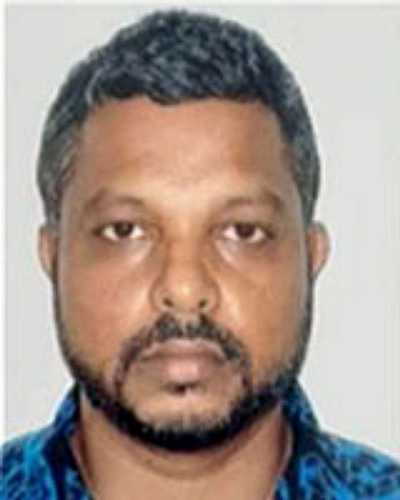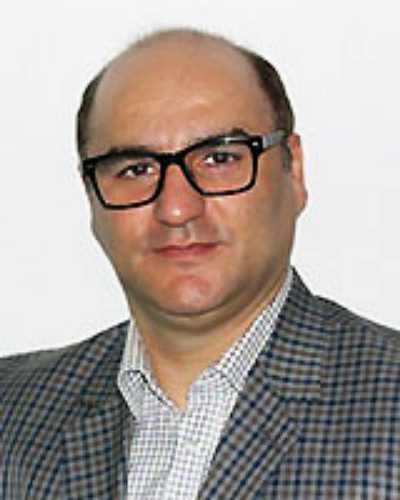Now published, see the full article 
Early Abstract:
Purpose: Community Health Workers (CHWs) are effective in sensitizing people to diabetes mellitus (DM) and diabetic retinopathy (DR). In Fiji, CHWs were trained in a one-day Diabetic Retinopathy (DR) awareness to provide communities with adequate basic knowledge about DM and DR to improve awareness and enhance referrals for DR screening and treatment. This study aimed to explore the impact of this training on CHW's knowledge of DR and their referral practices related to DR screening in Fiji two years post-training.
Methods: This qualitative study was conducted in 2021 across the 3 out of the four administrative divisions of Fiji, namely the Western, Northern, and Central divisions. A total of 14 CHWs from the 3 divisions of Fiji participated in this study. All participants had attended a one–day DR awareness training 2 years before this study. Participants were chosen purposively and were invited to participate in Focus Group Discussion (FGD). The FGD was audio-recorded and transcribed verbatim, and thematic analysis was conducted to identify and classify recurrent themes.
Results: CHWs indicated that their knowledge about both DM and DR improved significantly after the training. This boosted their confidence in talking about these issues and providing clarity regarding referrals for DR screening in their respective communities. Consequently, they have significantly referred a higher number of people for screening both in outreach and to health facilities. Challenges in referral included poverty, high transportation cost, and social support needs which hindered screening. Further, CHWs felt some degree of integration within the health system and felt more was needed to be done in this aspect.
Conclusion: Investing in scalable models such as training CHWs is an important first step in tackling diabetes and DR in communities, particularly at the grassroots level in low-resource settings by increasing the community’s knowledge of DR and improving access to screening, diagnosis, and treatment.



